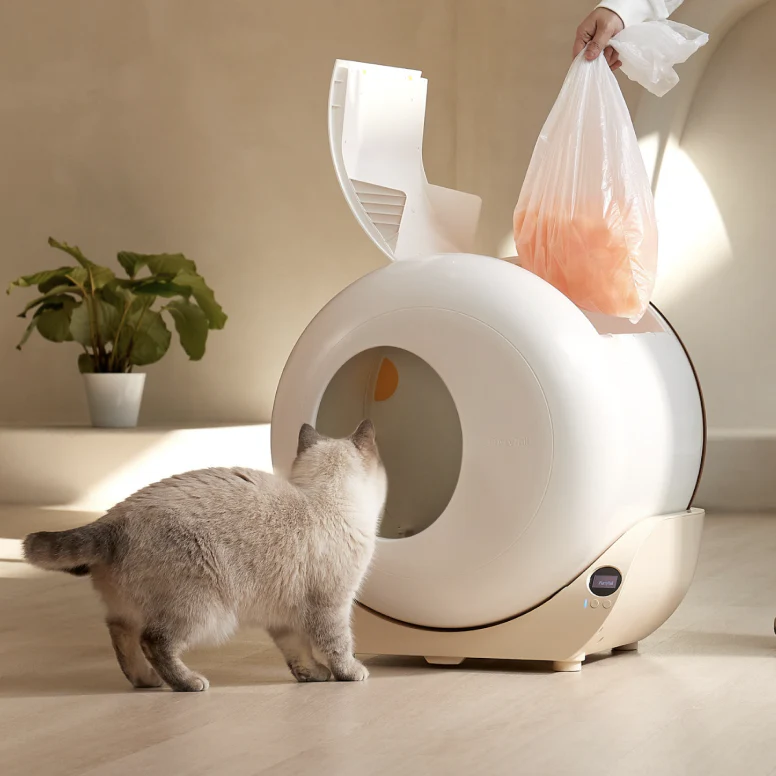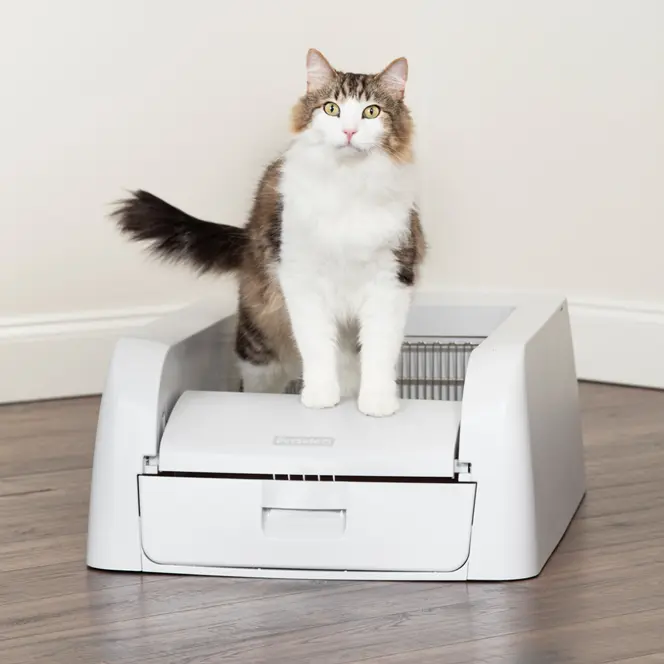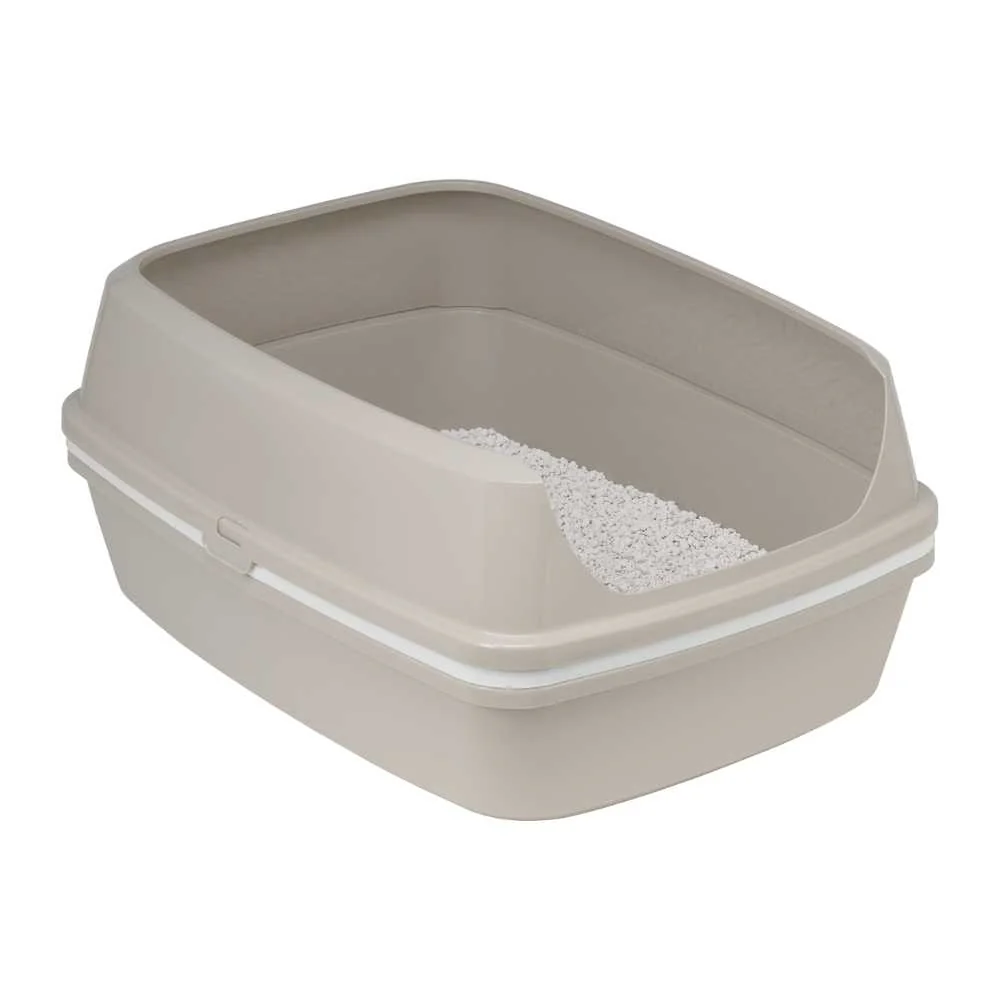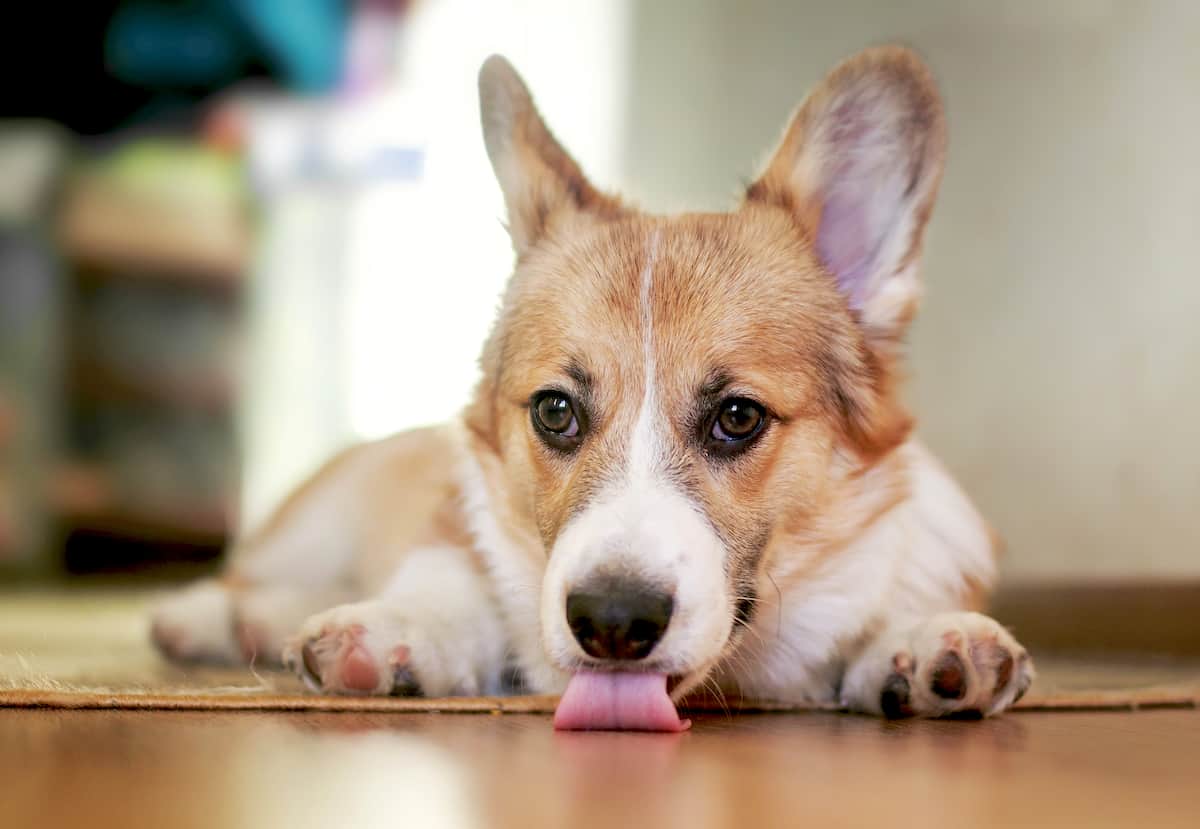I. Introduction

a. Importance of proper cat litter disposal
How to dispose cat litter? Proper cat litter disposal is an essential yet often overlooked aspect of pet ownership. Cat litter is an unavoidable part of caring for a feline friend, but the way it is disposed of can have a significant impact on the environment. In addition to the environmental implications, improper disposal can also pose health risks to humans and animals. Therefore, it is crucial for cat owners to be aware of the best practices for disposing of cat litter responsibly.
b. Environmental impact of improper disposal
Improper disposal of cat litter can have detrimental effects on the environment. Traditional cat litters are often made from clay, a non-renewable resource that requires a considerable amount of energy to mine and process. When disposed of in landfills, cat litter can release toxins and bacteria into the soil and water, contaminating the surrounding environment. Additionally, the use of plastic bags for litter disposal contributes to the proliferation of single-use plastics, which further exacerbates the global plastic pollution crisis.
II. Types of Cat Litter
a. Clumping litter
Clumping cat litter is a popular choice among cat owners due to its convenience and effectiveness in managing odors and moisture. It contains natural ingredients, such as clay and silica, that clump together when they come into contact with liquid waste, making it easy to scoop out and maintain a clean litter box. However, the clumping agents used in these litters, often derived from bentonite clay, can have environmental and health implications. Improper disposal of clumping litter can lead to the accumulation of non-biodegradable waste and harm wildlife and ecosystems.
b. Non-clumping litter
Non-clumping litter, or traditional litter, is commonly made from natural materials such as clay, plant-based substances, or silica. While it may not form clumps like its clumping counterpart, it effectively absorbs moisture and neutralizes odors. Although non-clumping litter is generally more biodegradable than clumping litter, its improper disposal can still have negative environmental consequences. Understanding the proper disposal methods for non-clumping litter is essential for minimizing its impact on the environment.
c. Biodegradable litter
Biodegradable cat litter is an environmentally friendly alternative that is gaining popularity among conscientious cat owners. It is made from natural, renewable resources, such as wood, paper, corn, wheat, or grass, and is designed to decompose naturally. Biodegradable litters not only minimize the environmental impact of cat waste, but they also contribute to the reduction of non-biodegradable waste in landfills. Understanding the responsible disposal methods for biodegradable litter is crucial for ensuring its full environmental benefits are realized.
III. Methods of Disposal

a. Trash bin disposal
Disposing cat litter in a trash bin is one of the most common methods employed by cat owners. When using this method, it is crucial to use durable, leak-proof bags to prevent the leakage of waste and minimize the risk of contamination. However, it’s essential to consider local regulations and guidelines regarding the disposal of pet waste in regular trash bins, as some areas may have specific directives. By adhering to these rules, cat owners can make a significant impact on reducing the environmental repercussions of their pet’s waste.
b. Flushable litter
Some cat litters are labelled as flushable, designed to be safely flushed down the toilet. However, not all plumbing systems are equipped to process flushable litter, and improper disposal can lead to blockages and other plumbing issues. It’s essential for cat owners to consult with plumbing professionals or local authorities to determine whether their plumbing systems can handle flushable litter, ensuring that this disposal method is used responsibly and does not contribute to environmental hazards.
c. Composting
Composting cat litter is an environmentally friendly option for the disposal of biodegradable litters. By composting cat waste and biodegradable litter, cat owners can not only reduce their environmental impact but also repurpose waste as a natural fertilizer for non-edible plants. However, it’s crucial to adhere to specific guidelines for composting pet waste to manage pathogens adequately. If done correctly, composting can significantly reduce the environmental impact of cat litter while providing a sustainable way to manage waste.
IV. Safety Considerations
a. Avoiding contamination
When handling cat litter and waste, it is crucial to take precautions to minimize the risk of contamination. This includes wearing gloves, using dedicated litter scoops and disposal bags, and avoiding direct contact with the waste as much as possible. Contaminated litter can harbor harmful pathogens and parasites, which can pose health risks to both humans and animals. By taking stringent measures to avoid contamination, cat owners can effectively reduce the spread of potentially harmful elements.
b. Disinfecting disposal areas
After disposing of cat litter, it is important to thoroughly disinfect the area to prevent the spread of bacteria and other pathogens. Using disinfectants or natural cleaning agents, such as vinegar, can help eliminate any lingering contaminants and maintain a clean and safe environment for both humans and pets. Regular disinfection of areas used for litter disposal is essential in creating a safe and hygienic living environment for everyone in the household.
c. Proper handwashing
Proper handwashing is crucial after handling cat litter and waste. Thoroughly washing hands with soap and water for at least 20 seconds can significantly reduce the risk of infection and ensure personal hygiene. By emphasizing proper hand hygiene, cat owners can mitigate the potential spread of harmful bacteria and pathogens, promoting the well-being of both themselves and their pets.
V. Local Regulations
a. Municipal waste management rules
Many local governments have specific waste management regulations that address the disposal of pet waste, including cat litter. It is important for cat owners to familiarize themselves with these rules to ensure compliance and minimize the environmental impact of their pet’s waste. Some municipalities may provide guidelines on the proper disposal of cat litter. They include the use of specific disposal methods or designated pet waste bins.
b. Environmental laws and regulations
In addition to municipal waste management rules, there may be broader environmental laws and regulations that apply to the disposal of cat litter. These laws can vary from region to region and may encompass considerations such as water pollution prevention and wildlife protection. By understanding and adhering to these laws, cat owners can contribute to the preservation of the environment.
c. Proper disposal sites and facilities
Some communities may provide specific disposal sites or facilities for pet waste, including cat litter. These facilities may offer composting services for biodegradable litter or designated bins for pet waste disposal. By utilizing these resources, cat owners can ensure that their pet’s waste is managed in an environmentally responsible manner. And they can minimize the impact on local ecosystems and public health.
In conclusion, proper cat litter disposal is crucial for protecting the environment and safeguarding the health of both humans and animals. By choosing biodegradable litters, adopting environmentally friendly disposal practices, and adhering to local regulations, cat owners can minimize the environmental impact of their furry companions. Additionally, taking safety considerations into account when handling and disposing of cat litter can help prevent the spread of pathogens and ensure a clean and healthy living environment for all. Understanding and following local regulations and environmental laws is essential to ensure responsible cat litter disposal and contribute to the preservation of the environment.


